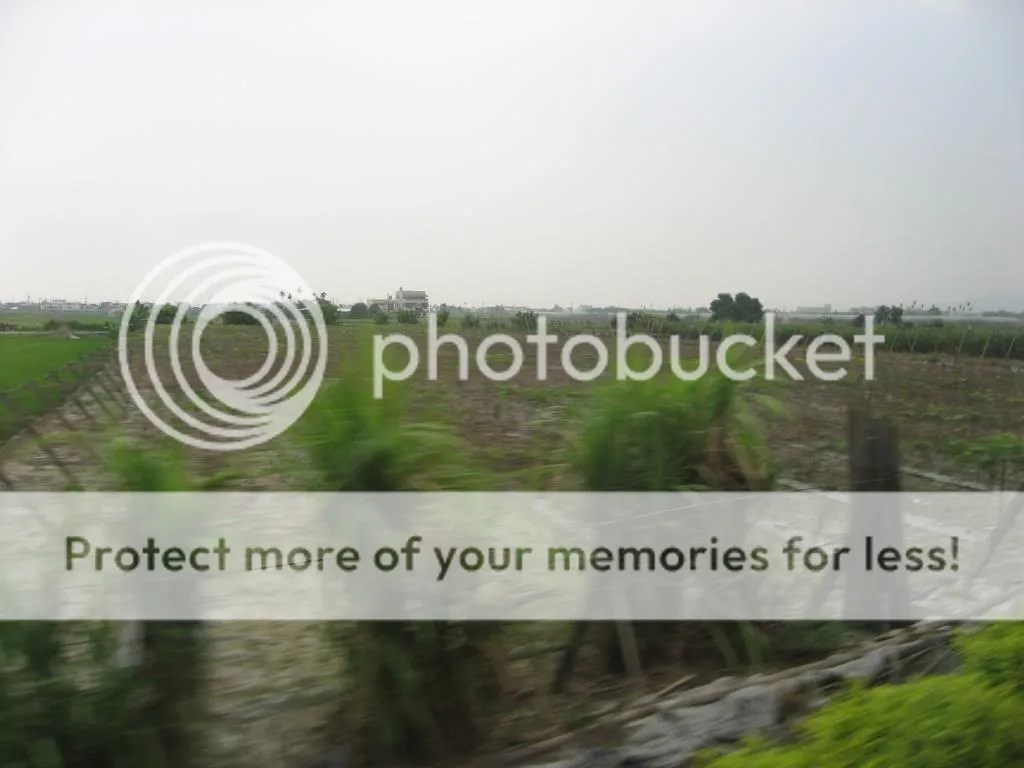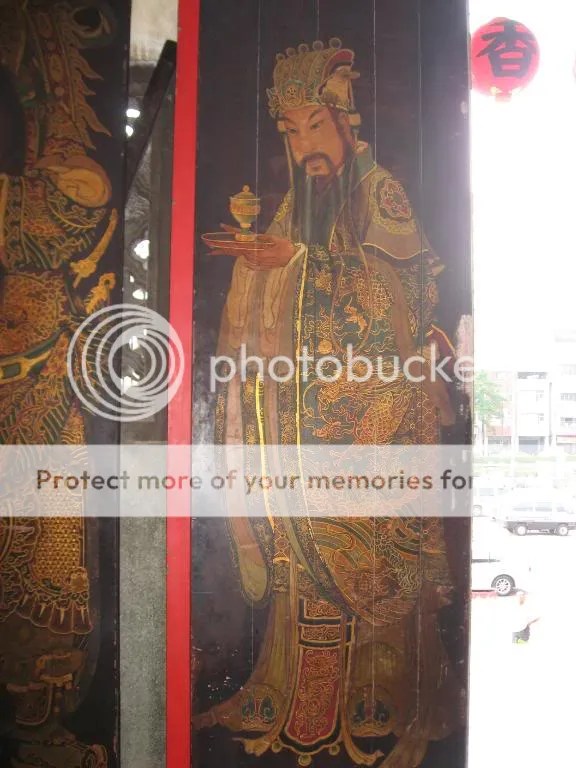The Wall Street Journal published today in its Weekend Journal Asia some interesting suggestions on what to do if you have 48 hours in some major cities in Asia – with kids. While I often read the Travel section of this newspaper, I was pleasantly surprised that they included a section for Taipei. I thought this article might be helpful to readers who have kids. The other cities mentioned in this article series are Tokyo, Singapore, Beijing, and Kuala Lumpur.
I have excerpted the Taipei article below:
Nellie Huang, “48 Hours in Taipei,” Weekend Journal Asia, Wall Street Journal, (October 26, 2007).
As a child, my visits to Taiwan with my family meant enduring long Chinese banquets with relatives, and worse: a visit to the boring National Palace Museum. Now that I have kids of my own, I set out to find some fun things to do with them in Taipei.
Day One
8:30 a.m.
Our hotel, the Far Eastern Shangri-La — chosen for its central location and its two swimming pools — offers a sumptuous breakfast buffet. But we’ve opted instead to introduce Kate, who is 3 years old, to a traditional Chinese breakfast of doh jang (sweetened soy milk) and you tiao (fried breadsticks). My relatives in Taipei tell me there’s only one place worth going to for this breakfast: Yung He restaurant, next to the fire station on Fuxing Road, Section 2.11:00
Next, we went to the Eslite bookstore with its Children’s Museum on Song-gao Road in Xinyi district. Kate is soon in heaven. (So am I: There’s a Lavazza coffee stand at the museum entrance.) The so-called museum, it turns out, is a giant playroom filled with smaller rooms: There’s a play grocery store, a pretend cafe and a toddler room with a slide and small climbing gym. There’s also a fire truck, two motorcycles and even a Mini car, all of which kids can ride on or climb into. We spent an hour in the make-believe dressmaker’s shop, outfitting a paper doll with clothes we designed and cut out.2:30
After a bite to eat at the Eslite cafe, we took a taxi to the zoo. Given Taipei’s stifling heat, in the summer at least, and the park’s hillside design, it’s best to ride the train from the zoo entrance that takes you to the penguin habitat at the other end of the park. From there you walk back toward the entrance to see the animals, but it’s a comfortable downhill ramble.
4:30
Near the zoo is the Maokong Gondola (100 meters to the left as you exit the zoo). It’s a 20-minute, four-kilometer ride to the top of a ridge, with two stops along the way. The cars aren’t air-conditioned and the windows don’t open. Still, it’s an exhilarating ride. Near the gondola station is a place to rent bikes for a ride along a new path by the river — great fun for older kids.5:30
Next to the gondola ride is the Zoo Mall, an indoor amusement park. There are toddler-size rides — a ferris wheel, a merry-go-round and a crazy-car ride — and I make a note to remember this place for a rainy day.6:45
We decided to visit the Taipei 101 building before dinner. I was fascinated by the structure and the sweeping view, but Kate is too young to appreciate it. This diversion is best for kids over the age of 5.Day 2 … continued here. (Subscription not required for this article.)
The author, Nellie Huang, took her 3 year old daughter to the Eslite bookstore with its Children’s Museum on Song-gao Road in Xinyi district, the Maokong Gondola, the Taipei Zoo, Da’an Park, Children’s Recreation Center in northwest Taipei (amusement park), The National Science Education Museum, and the Taipei Astronomical Museum. Sounds like a very full 48 hours!
While I’m not sure that I would take my hypothetical child on the Maokong Gondola, I agree that certain museums are inappropriate and boring for kids. It sounds like Taipei is quite kid friendly from all of these suggestions. However, I’m sure all of these entrance fees really add up!




















































































































































Recent Comments